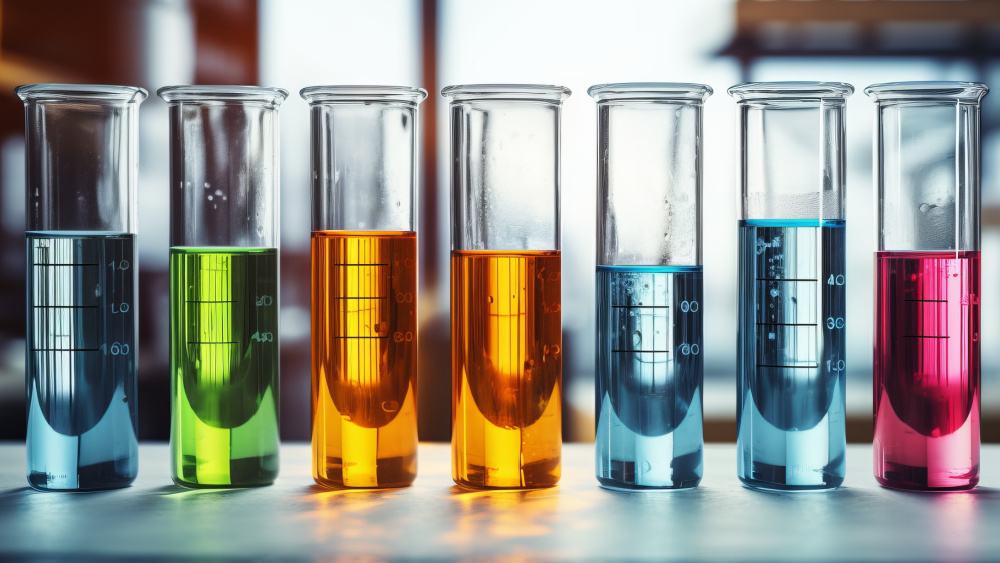Overview

Experimental statistics use new data sources and methods to better respond to our users' needs in a timely manner.
For example, Eurostat is measuring the relationship between income, consumption, and wealth at household level. Another example is the use of Wikipedia as a new source to produce statistics on the visits to UNESCO world heritage sites. This measures not only the popularity of the sites, but also the public's cultural consumption.
As these statistics have not reached full maturity in terms of harmonisation, coverage or methodology, they are always marked as experimental and are accompanied by detailed methodological notes.
On the webpage of each of the experimental statistics, you can find information on how to give us your feedback.
An overview of all available topics is presented on the page of published statistics. Eurostat's early work on this subject as well as discontinued experimental statistics and can be found in our archive.
To know about experimental statistics produced by the national statistical institutes of other countries, please visit the experimental statistics hub of the European Statistical System.
